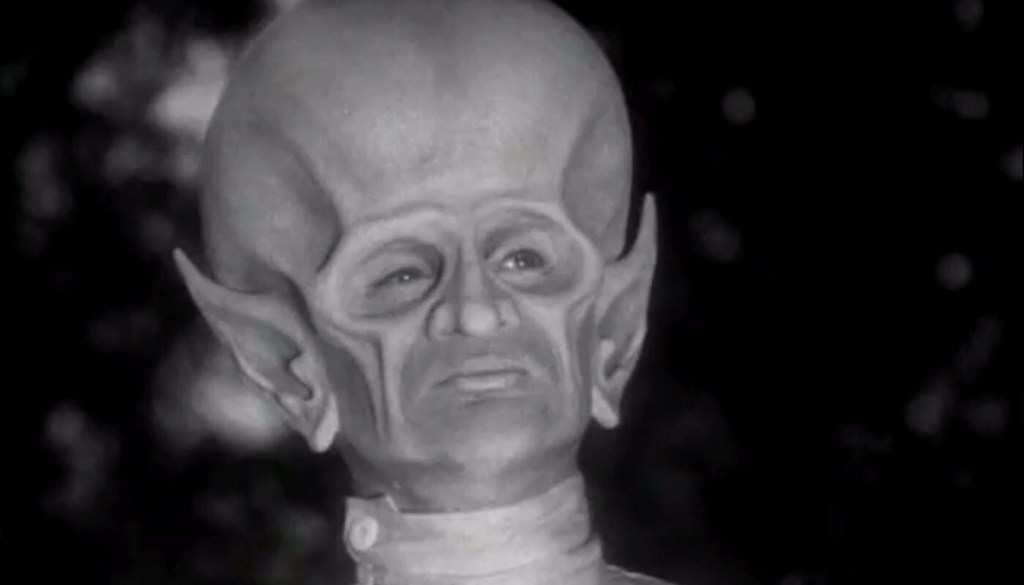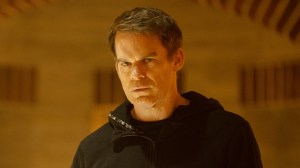For decades, The Twilight Zone has been the gold standard for anthology television. Rod Serling’s iconic series, which blended science fiction, fantasy, and psychological horror, left an indelible mark on pop culture by using thrilling stories to explore the human condition. Its influence is so vast that fans are perpetually searching for other shows that can deliver that same sense of wonder, mystery, and suspense. For those viewers, there is a contemporary of Serling’s masterpiece that is often overlooked but delivers the same narrative satisfaction. This landmark sci-fi series offers its own unique brand of thought-provoking tales, and every episode of its original run is currently available to stream for free on YouTube.
Videos by ComicBook.com
The series in question is The Outer Limits, a classic anthology that aired on ABC from 1963 to 1965. Created by Leslie Stevens and guided in its landmark first season by Psycho screenwriter Joseph Stefano, the show immediately set itself apart with its iconic opening narration. The calm, unsettling “Control Voice” would take over the airwaves, assuring viewers, “There is nothing wrong with your television set. We are controlling transmission.” This chilling introduction set the stage for 49 hour-long episodes that, while often compared to The Twilight Zone, carved out their own distinct identity.
The Outer Limits deliberately leaned more into hard science fiction than the fantasy-driven parables of its predecessor. The first season was particularly known for its “monster of the week” format, where each story was built around a creature or alien. These monsters were brought to life with ambitious practical effects that pushed the boundaries of what was possible on television at the time. In addition, actors like Robert Culp, Martin Landau, and a pre-Star Trek William Shatner were featured in standalone stories that explored humanity’s reaction to the unknown.
Why The Outer Limits Remains an Underrated Sci-Fi Masterpiece

While many The Outer Limits episodes featured memorable creatures, the show was far more than a simple monster showcase. It used its sci-fi framework to tell deeply philosophical and often dark stories about paranoia, human fallibility, and the moral quandaries of scientific advancement. While The Twilight Zone often presented morality fables that concluded with a neat twist, The Outer Limits was frequently darker, more ambiguous, and more cynical about humanity’s place in the cosmos. Its hour-long format allowed for denser, more novelistic storytelling that was less concerned with a final “gotcha” moment and more interested in exploring a sustained atmosphere of dread. This commitment to a more challenging and overtly horror-inflected tone is a key reason for both its cult status and its relative obscurity.
The creative team, which included legendary cinematographer Conrad Hall, used techniques from German Expressionism and film noir to create a visually striking and unsettling atmosphere that was unique for television in the 1960s. That allowed The Outer Limits to stand apart from The Twilight Zone, carving its place in TV history. In addition, several of the show’s ambitious creature designs, created on a tight television budget, were famously cataloged and later repurposed for episodes of the original Star Trek.
The Outer Limits also became a platform for some of the most important writers in the genre. Acclaimed author Harlan Ellison wrote two of the show’s most revered episodes, “Demon with a Glass Hand” and “Soldier.” The latter, a story about a future soldier transported to the present day, was so foundational that it became the basis of a lawsuit against the producers of The Terminator. The suit was settled out of court, and later home releases of the film included an acknowledgment in the credits to the works of Ellison, cementing the television episode’s direct influence on one of the biggest sci-fi blockbusters of all time.
The original 1963 run of The Outer Limits is currently available to stream for free on YouTube.
What is your favorite episode of The Outer Limits? Let us know in the comments.









